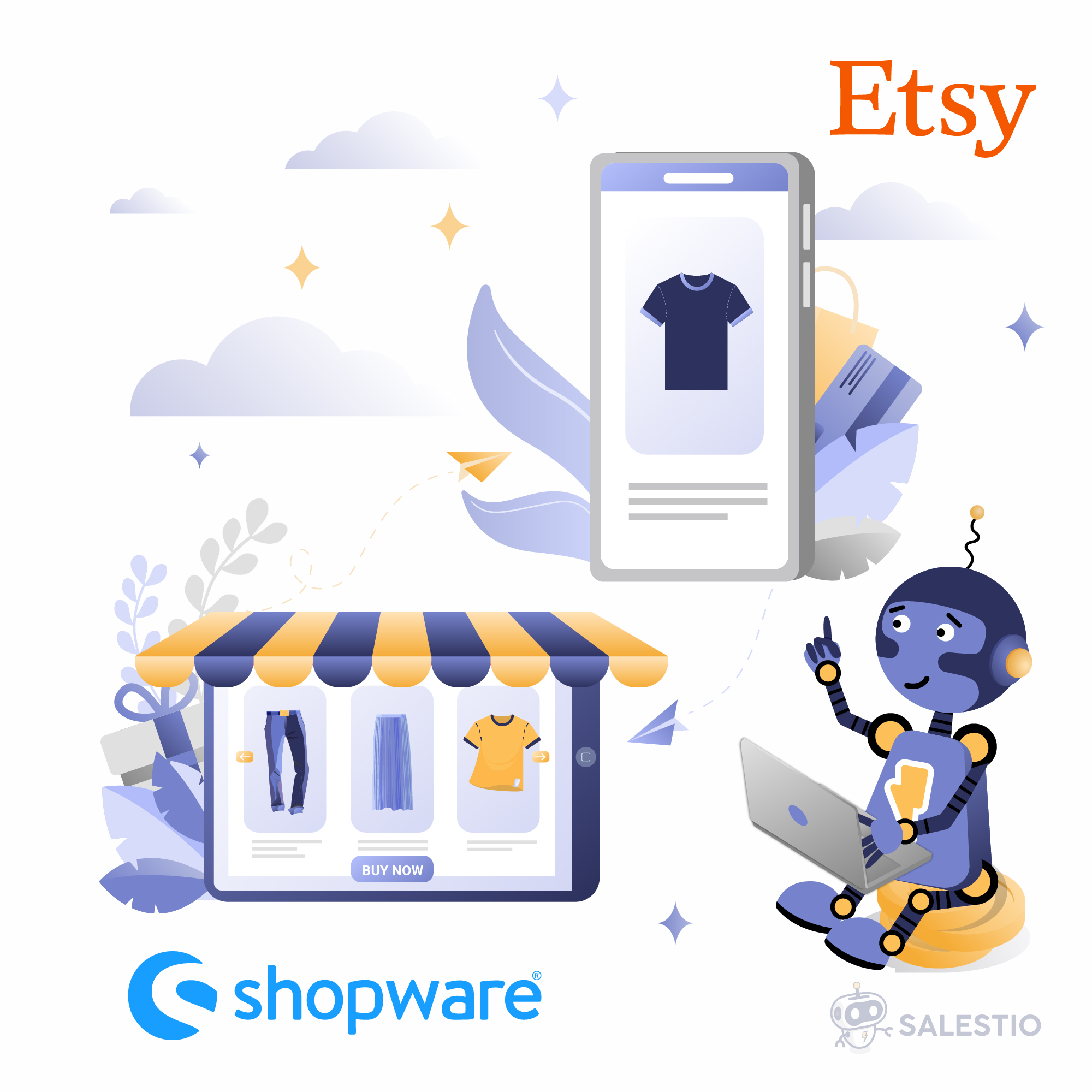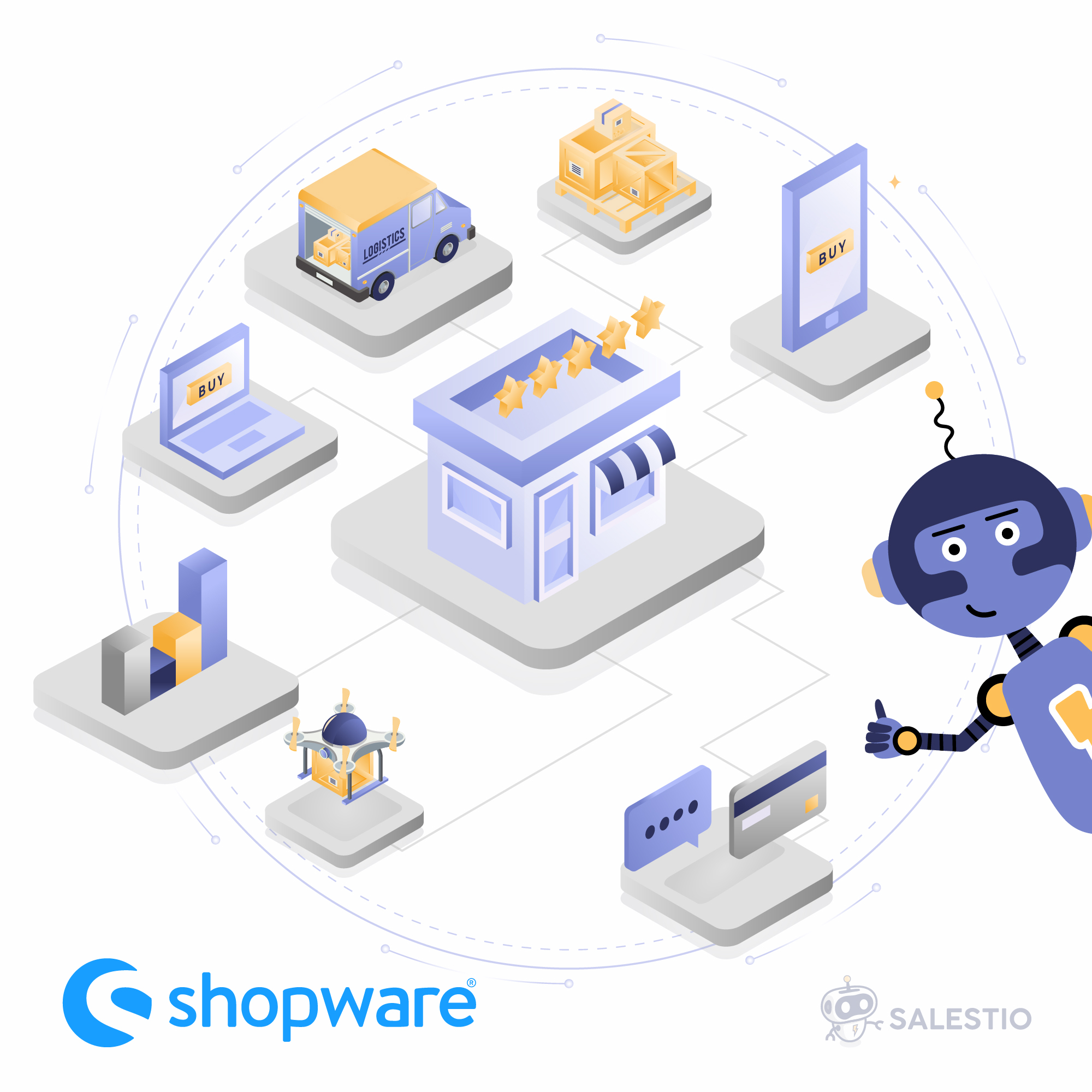23 Aug'24

Thinking about diving into the world of online selling? eBay remains one of the most vibrant marketplaces for both new and seasoned entrepreneurs alike. Whether you’re launching a side hustle or building a full-fledged business, this guide will walk you through the essential steps to get started on eBay and turn your items into profits.
Documents You May Need
- Identification: eBay may require a government-issued ID for identity verification.
- Bank Account Information: For linking your payout method.
- Business Documents (Optional): If you’re setting up a business account, you may need your business license, tax ID, or other relevant documentation.
Create an eBay account
Go to eBay’s website and sign up for an account. You can create a personal account if you are selling as an individual. If you sell as a company, pick a Business account.

eBay may ask you to verify your account at a later stage. You can take care of it right away by trying to list an item: navigate to My eBay > Selling > List an item. After you try to publish your listing, you will be asked for additional information such as phone number and financial details.
Configure the account settings
It is recommended to add a payment method for covering the selling costs on eBay. You can set one up in your eBay account > Payments > Add payment option. You have the option of adding multiple payment accounts for different purposes:

Lastly, check if you want to edit any settings on your new seller account. Navigate to My eBay > Account tab to check all the preferences.

To make listing new products simpler, add a set of Business policies. Whenever you create a listing, you can use business policies as presets for details like shipping, payment, and returns. Add one of each in My eBay > Account > Business Policies. If you offer different conditions on some of your products, you may want to add more than a set of three business policies.
Create a listing

As mentioned before, you can start adding new listings from My eBay > Selling > List an item, but there are other options to try.
Related: Top Selling categories on Amazon, eBay and Etsy
Do you have an active store on Shopify, BigCommerce, or another e-commerce platform? Using that store as a template for your eBay listings can help automate the process. If you want to sell on multiple platforms, check out our Salestio guide below. Apart from exporting your store inventory to eBay, Salestio can keep each item inventory and price in sync, so your eBay account may require less maintenance going forward.
Exporting Shopify Products to eBay Marketplace with Salestio
Check here if your platform is supported by Salestio
When composing your listings, consider the following details:
- Title and Description: Write a clear and detailed title for your item. Provide an accurate and thorough description, including condition, brand, and specifications.
- Photos: Upload high-quality photos from multiple angles. Clear images help attract buyers.
- Pricing: Set a competitive price. You can research similar items to determine a fair price.
- Payment, Shipping, and Return Options: You can offer diverse options to capture more customers. Remember the option to use Business policies to speed up the listing process.

Manage your active listings
Handle each of your sales with care to capture returning customers:
- Monitor Listings: Keep an eye on your listings and check if you receive any inquiries in My eBay > Messages. This is especially important if you are hosting auctions, to answer buyer questions promptly.
- Ship Items Promptly: Once a sale is made, package the item securely and ship it as soon as possible. Update the tracking information on eBay quickly to keep up your eBay seller performance level.
- Stay Informed: Keep up with eBay’s policies and updates. Adapting to changes and continuously improving your approach will help you stay competitive.

Maintain Your Seller Reputation
eBay will keep track of your performance metrics like buyer feedback, speed of fulfilled orders, and defect rate. Be attentive with your listings and orders to maintain a high rating. Good metrics grant sellers a Top Rated badge, which helps to capture the trust of potential buyers.
Keep an eye on your buyer feedback, as it is an important part of your seller rating. Encourage buyers to leave positive feedback. Maintain good communication and resolve any issues swiftly. Address any negative feedback professionally and use it as an opportunity to improve.
Hold your performance standards high. Maintain your inventory levels to avoid overselling. Keep your seller performance high by fulfilling orders on time and meeting buyer expectations.
Using tools like Salestio can help you keep track of your inventory and orders. By syncing inventory numbers from your main e-commerce store to eBay, you will have one less platform to worry about. And your eBay marketplace orders can be imported to appear alongside store orders. By consolidating all of your sales in one place, you can build and manage your multi-platform store more efficiently.
Check this article to find out more about how Salestio helps manage eBay orders in Shopify.
Selling on eBay requires attentiveness if you want to maintain a high rating and visibility. Keep your performance standards high, and you will be sure to earn a high rating along with returning customers. When going multi-platform, Salestio can help by consolidating much of your eBay needs into your e-commerce store of choice. Pick your e-commerce platform here to get a 30-day Free Trial on any Salestio plan.





